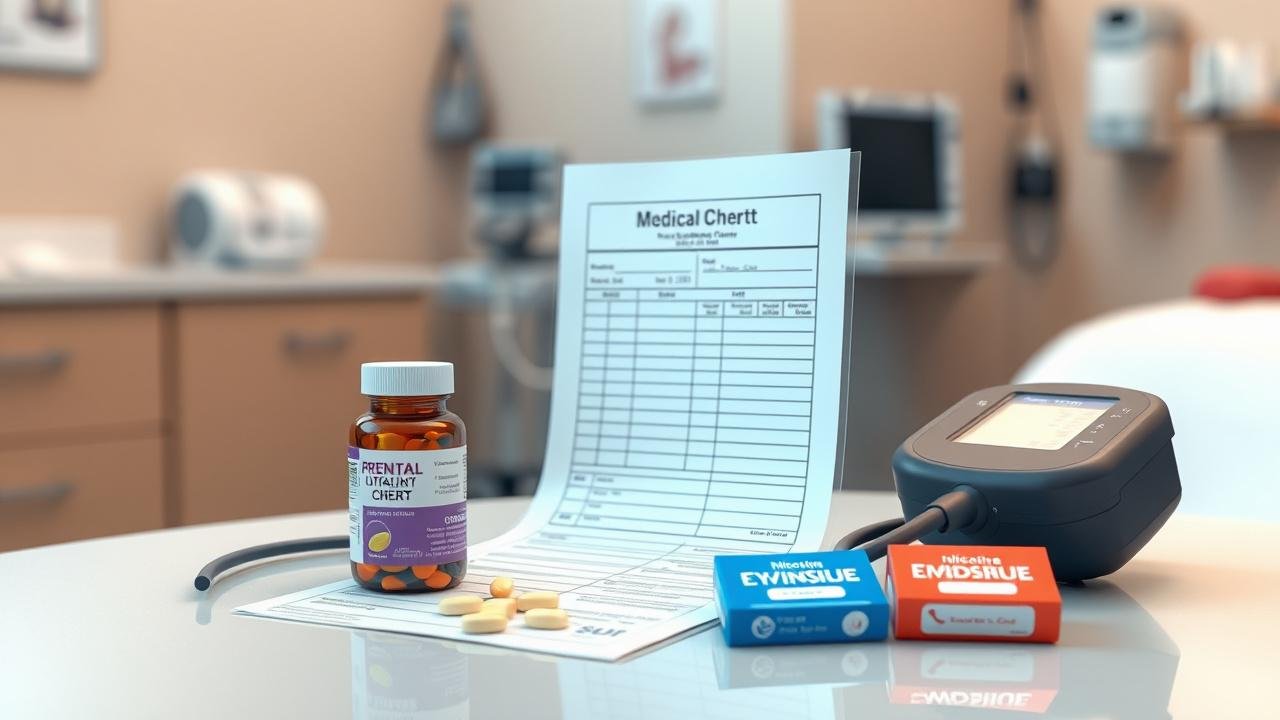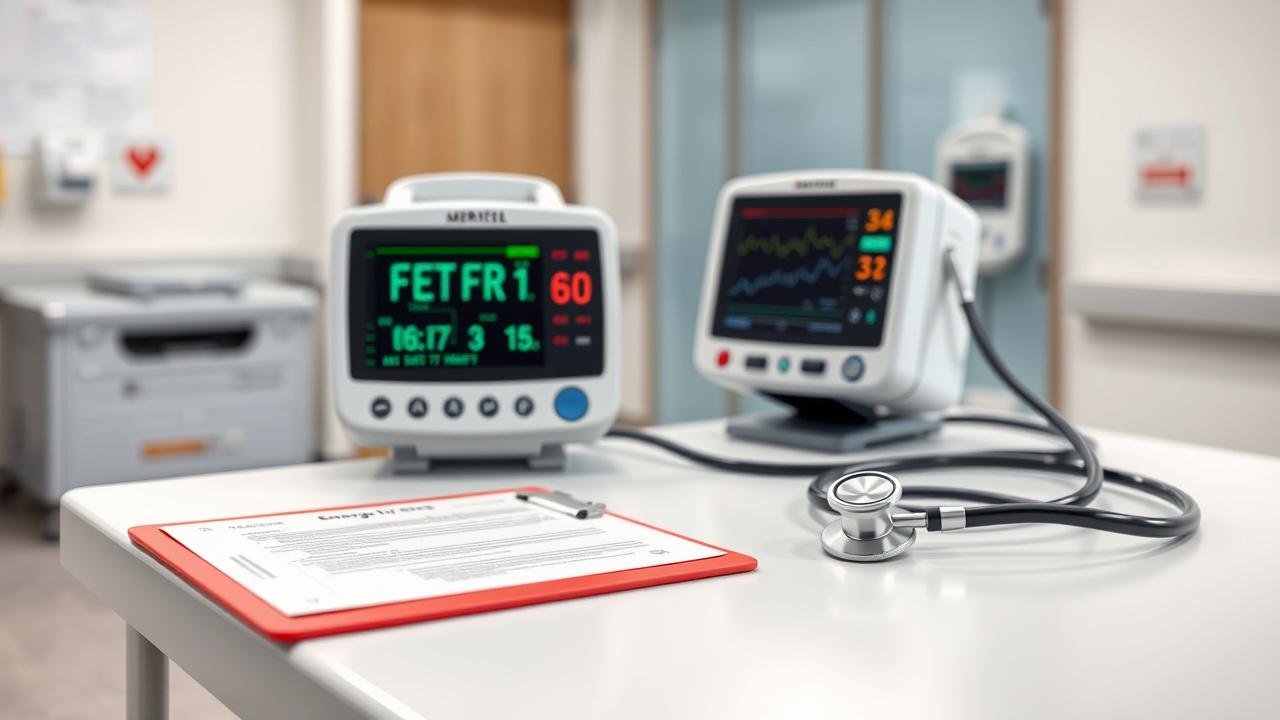Preterm labor can catch expectant mothers off guard, making it crucial to recognize its signs early and act swiftly. This guide explores the essential warning signals, common risk factors, and practical ways to monitor symptoms to ensure timely detection. From knowing when to seek urgent medical help to effective home care and medical interventions, each section offers valuable insights. We’ll also discuss preparing a birth plan tailored for preterm delivery and understanding long-term health follow-up after preterm labor. Together, these interconnected topics provide a comprehensive roadmap to respond quickly and confidently if preterm labor occurs.
Understanding the Early Warning Signs of Preterm Labor
Recognizing the early warning signs of preterm labor is crucial for prompt action and improved outcomes. These initial symptoms often include regular contractions, pelvic pressure, lower backache, and changes in vaginal discharge. Understanding these subtle cues allows expectant mothers to monitor their condition closely, as emphasized in the section on tracking symptoms for timely detection. Early identification also ties directly into knowing when to seek immediate medical attention, a vital step to prevent complications. Awareness of these signs is especially important for those with common risk factors discussed elsewhere in the blog. By detecting preterm labor early, women can explore effective home care strategies or medical interventions designed to delay delivery and support fetal health. This foundational knowledge ultimately informs preparation efforts for birth plans and long-term follow-up care, creating a comprehensive approach that enhances both maternal and newborn well-being.
Common Risk Factors That Increase the Likelihood of Preterm Labor

Common risk factors that increase the likelihood of preterm labor play a crucial role in understanding and managing early signs effectively. These factors include a history of previous preterm births, multiple pregnancies, infections, high blood pressure, and certain lifestyle habits such as smoking or inadequate prenatal care. Recognizing these risks enhances the ability to monitor symptoms closely, as discussed in the section on tracking early warning signs. Awareness also informs when to seek immediate medical attention if symptoms arise, ensuring timely intervention. Additionally, understanding personal risk can guide tailored home care strategies and influence decisions around medications or medical treatments aimed at preventing or delaying labor. This knowledge supports preparing a comprehensive birth plan and establishing a reliable support system for potential early delivery. Ultimately, being mindful of risk factors helps ensure thorough follow-up care and addresses long-term health considerations after preterm labor, creating a holistic approach to maternal and infant well-being.
How to Monitor and Track Symptoms for Timely Detection of Preterm Labor
Monitoring and tracking symptoms is crucial for the timely detection of preterm labor, allowing expectant mothers to respond quickly before complications escalate. Keeping a detailed record of any contractions, pelvic pressure, vaginal discharge changes, or lower back pain helps identify patterns that may signal early labor onset. This vigilance complements understanding the early warning signs discussed earlier, reinforcing awareness of what constitutes normal versus concerning symptoms. Consistent symptom tracking also supports more informed communication with healthcare providers when deciding if immediate medical attention is necessary. By integrating this proactive monitoring with home care strategies and medical interventions outlined in other sections, women can better manage early symptoms and potentially delay labor. Furthermore, documenting symptom progression aids in preparing a birth plan tailored to potential preterm delivery scenarios and informs follow-up care decisions critical for long-term health after experiencing preterm labor.
When to Seek Immediate Medical Attention for Preterm Labor Symptoms

Knowing when to seek immediate medical attention for preterm labor symptoms is crucial in preventing complications and ensuring the best outcome for both mother and baby. If you experience regular contractions before 37 weeks, noticeable changes in vaginal discharge, pelvic pressure, or lower back pain that intensifies, prompt evaluation is essential. These signs often indicate that early warning signals of preterm labor, as discussed in the initial section, are progressing and require urgent intervention. Timely medical care can involve medications or interventions designed to delay labor, detailed further in the blog’s section on treatment options. Monitoring symptoms carefully at home provides valuable insight into when these warning signs escalate beyond manageable levels. Additionally, having a prepared birth plan and support system helps facilitate swift action during emergencies. Understanding this threshold between manageable symptoms and those demanding immediate response bridges awareness with effective prevention strategies throughout the continuum of preterm labor care outlined in the blog.
Effective Home Care Strategies to Manage Early Preterm Labor Symptoms
Effective home care strategies play a crucial role in managing early preterm labor symptoms before medical intervention becomes necessary. Simple yet targeted measures, such as resting in a side-lying position to improve blood flow and reduce uterine pressure, can help ease contractions. Staying well-hydrated is essential, as dehydration often triggers or worsens uterine activity. Tracking symptoms carefully at home, as discussed in the monitoring section, allows timely recognition of worsening signs that may require prompt medical attention. While home care is not a substitute for professional treatment detailed under medications and interventions, these strategies can slow progression and offer comfort during the critical early phase. Additionally, maintaining open communication with healthcare providers ensures personalized guidance tailored to individual risk factors highlighted earlier in the blog. Together with preparing a supportive environment outlined later, effective home management empowers expectant mothers to respond proactively and reduce anxiety linked to potential preterm labor episodes.
Medications and Medical Interventions to Prevent or Delay Preterm Labor

Medications and medical interventions play a crucial role in preventing or delaying preterm labor, offering vital support when early warning signs appear. Treatments such as progesterone supplements, tocolytics, and corticosteroids can help stabilize contractions, improve fetal lung maturity, and extend pregnancy duration. These interventions are often guided by careful monitoring and tracking of symptoms, as discussed in the section on timely detection. Identifying common risk factors beforehand enables healthcare providers to recommend preventive measures tailored to individual needs. When signs escalate despite home care strategies, immediate medical attention becomes essential to implement these therapies effectively. Preparing a birth plan that incorporates potential medical responses ensures that both mother and baby receive coordinated care if preterm delivery occurs. Ultimately, understanding available treatments connects directly with long-term health considerations by improving outcomes for infants born prematurely through proactive management during critical moments.
Preparing a Birth Plan and Support System for Potential Preterm Delivery
Preparing a birth plan and support system for potential preterm delivery is a crucial step in managing the uncertainties of preterm labor. This preparation involves outlining clear preferences for medical interventions, pain management, and neonatal care, ensuring that both you and your healthcare team are aligned if early labor signs—covered in the section on understanding early warning signs—arise unexpectedly. Equally important is building a strong support network of family, friends, and professionals who can provide emotional and logistical assistance during this stressful time. Such a system complements home care strategies designed to manage early symptoms effectively while facilitating quick response actions detailed in the guidance on when to seek immediate medical attention. Having this plan ready also helps navigate decisions about medications or interventions aimed at delaying labor. Ultimately, it lays a foundation for smoother long-term follow-up care, connecting all aspects of preterm labor management into one cohesive approach.
Long-Term Health Considerations and Follow-Up Care After Preterm Labor
Long-term health considerations after preterm labor extend beyond the initial medical response, requiring ongoing care to support both mother and child. Regular follow-up appointments help monitor recovery and address any emerging challenges, reinforcing the importance of a well-prepared birth plan and a strong support system. Understanding early signs, managing risk factors, and timely intervention all contribute to better outcomes that echo into months and years ahead. For families navigating this journey, resources like MomDadDispatch.com offer compassionate guidance and community—reminding parents they are never alone in facing these complex experiences.






